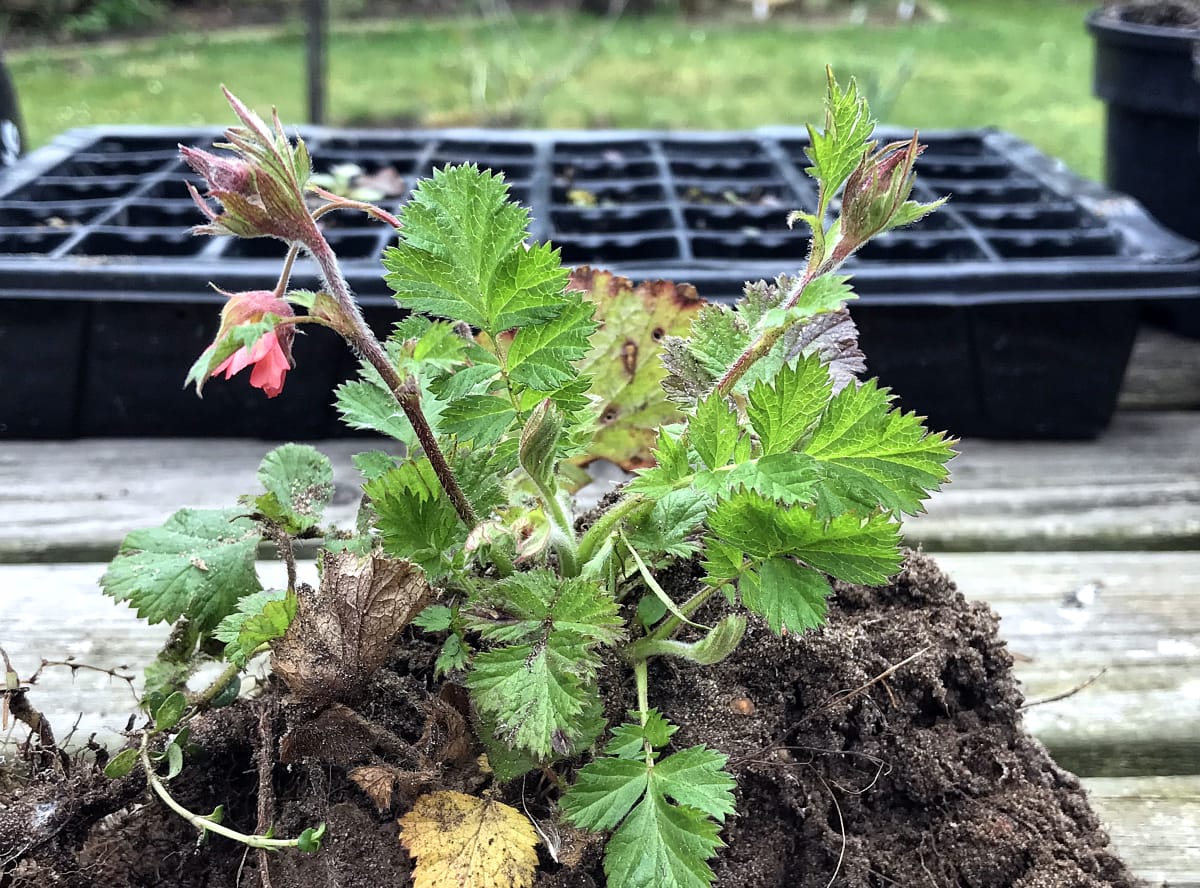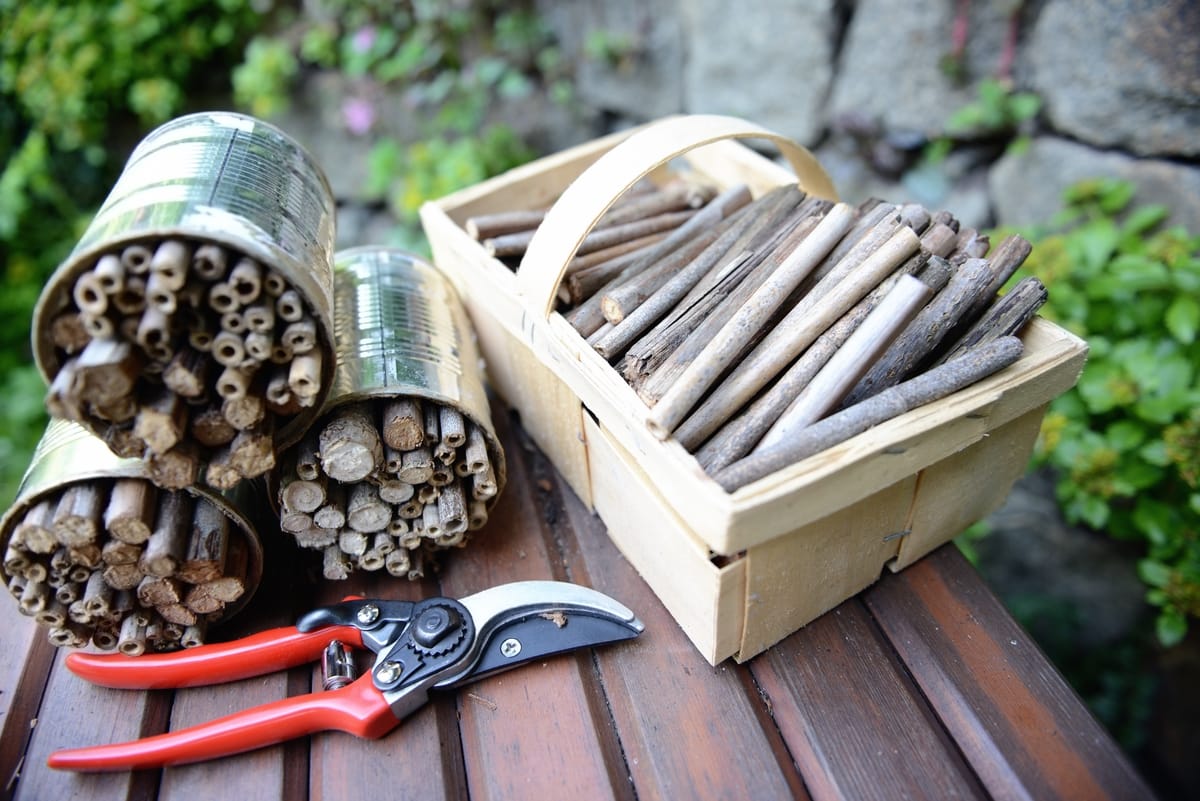Nothing in Basket!
Find out how to help the wildlife visiting your garden in April with our practical guide below:
Wildlife gets busy in April! Many bumblebees and birds will be establishing nests and plenty of other species, such as moths, leaf miners and other insects are already breeding. You should be seeing signs of hedgehog activity by now, they typically start emerging from hibernation in March, they need to eat lots to fatten up and get in good condition for breeding during May. Most frogs and toads will have left ponds after breeding, and will be looking for damp shelter under logs or piles of bricks.
Here's a list of wildlife gardening jobs you can do throughout April:

Photo courtesy of David Radisic
It's hard when you are pulled between wanting more wildlife in your garden and saving a plant from what you may considered a pest. But if you want birds to spend a decent amount of time in your garden then you'll have to start loving caterpillars.
The best thing is to leave caterpillars alone, they are an essential food source for nesting birds, like the blue tits and great tits, who feed caterpillars to their young.
It's also a good idea to keep bird feeders topped up at this time on year.
If you had any wildlife hibernating in your compost bin, it should have moved out by now. This is a great time to empty your bin. But do check carefully before emptying or sticking a fork into the heap just in case there are frogs, hedgehogs or mice hiding in there.

Now's the time to sow cornfield annuals. They look great in borders, so scatter your seeds in any gaps you have. Cornfield annuals include field poppy, corn cockle and cornflowers. These flowers are loved by bees and birds and many other insects. They are rich in pollen and nectar and produce lots of seeds for birds to enjoy, any seeds the birds don't eat will be knocked off the plant onto the soil and will germinate and grow again next year.

I personally prefer wildlife isn't given food that is produced/processed by humans. But I know lots of you love to help hedgehogs out, and they are in trouble, so the best thing you can do is leave out water and meat-based dog or cat food (ideally chicken flavour). Kitten biscuits are also acceptable to hedgehogs. This will help them to fatten up, but may also bring in the neighbouring cats who will also enjoy the feast, so don't be surprised when you open your door one morning and find several cats waiting for their breakfast. Always remove any uneaten food in the morning.

Solitary bees such as mason bees like somewhere to lay individual eggs in cells made in wood cavities and old, hollow plant stems.
You can leave last years stems alone and don't cut them all the way down to the ground or pull them out (I tend to cut down old sunflower stems to about mid-calf height and leave them in place).
You could also use an old tree stump/branch and bury them into your flower bed so they stand upright (like an old tree has died) and drill holes into it.
Or if you fancy a craft project, you can create one by connecting bamboo together with string or within a wooden box or old can and hang it up somewhere in the garden. If you have old bamboo canes you could recycle these, otherwise places like the RSPB shop sell bamboo tree tubes in packs of 50.
Happy wildlife gardening!
Nothing in Basket!
